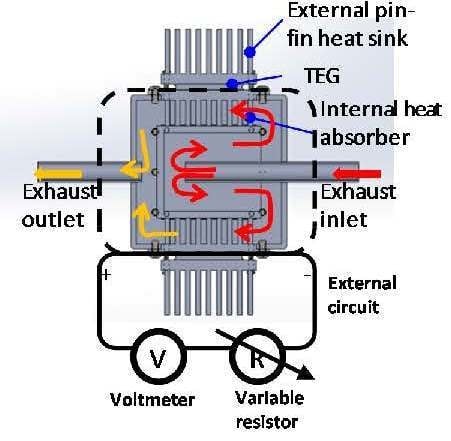Design, Manufacture and Performance Test of the Thermoelectric Generator System for Waste Heat Recovery of Engine Exhaust
Abstract
:1. Introduction
2. Experimental Method
2.1. Design of Waste Heat Recovery Thermoelectric Conversion System

2.2. Generation Performance Test of a Single-Chip TEG Module
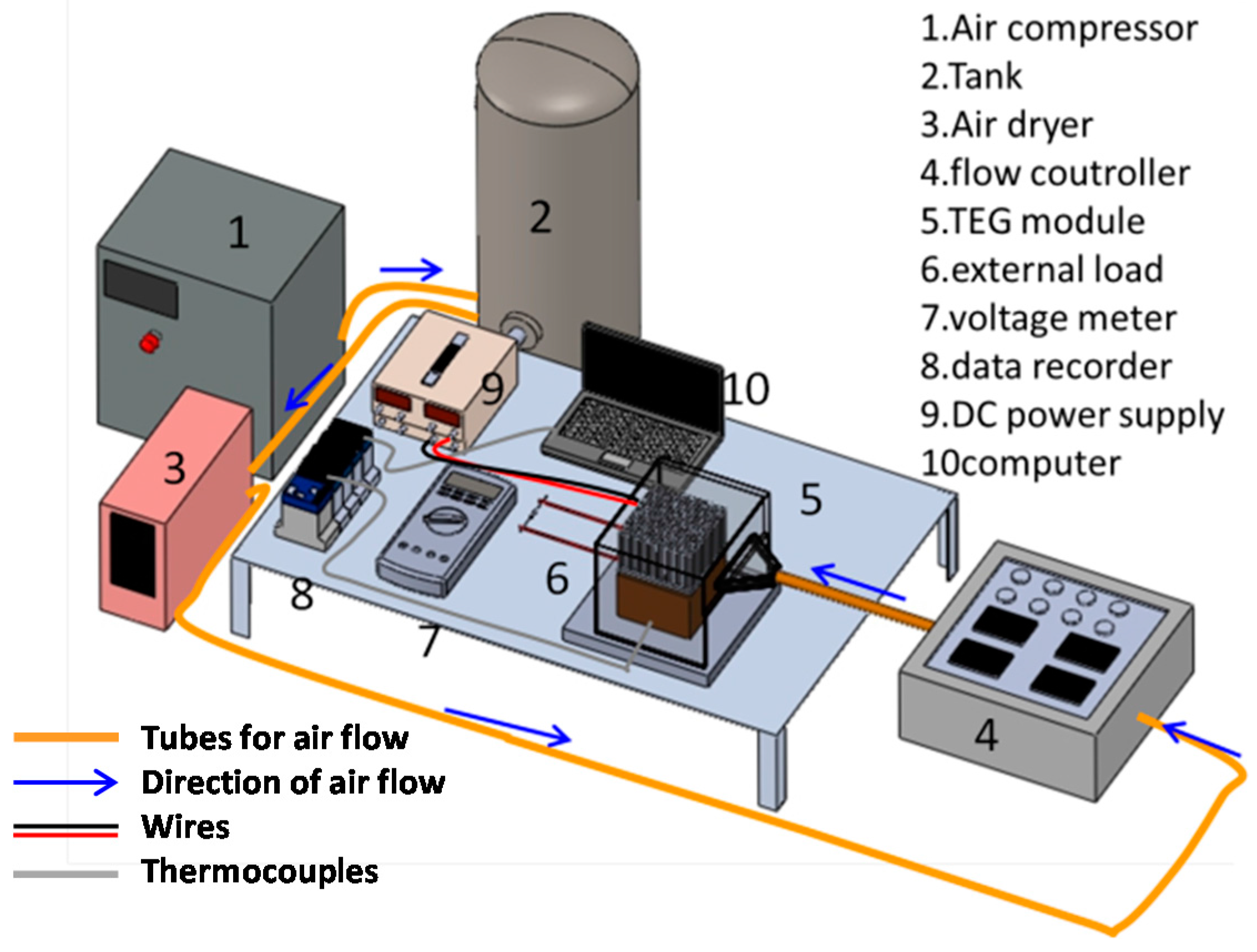
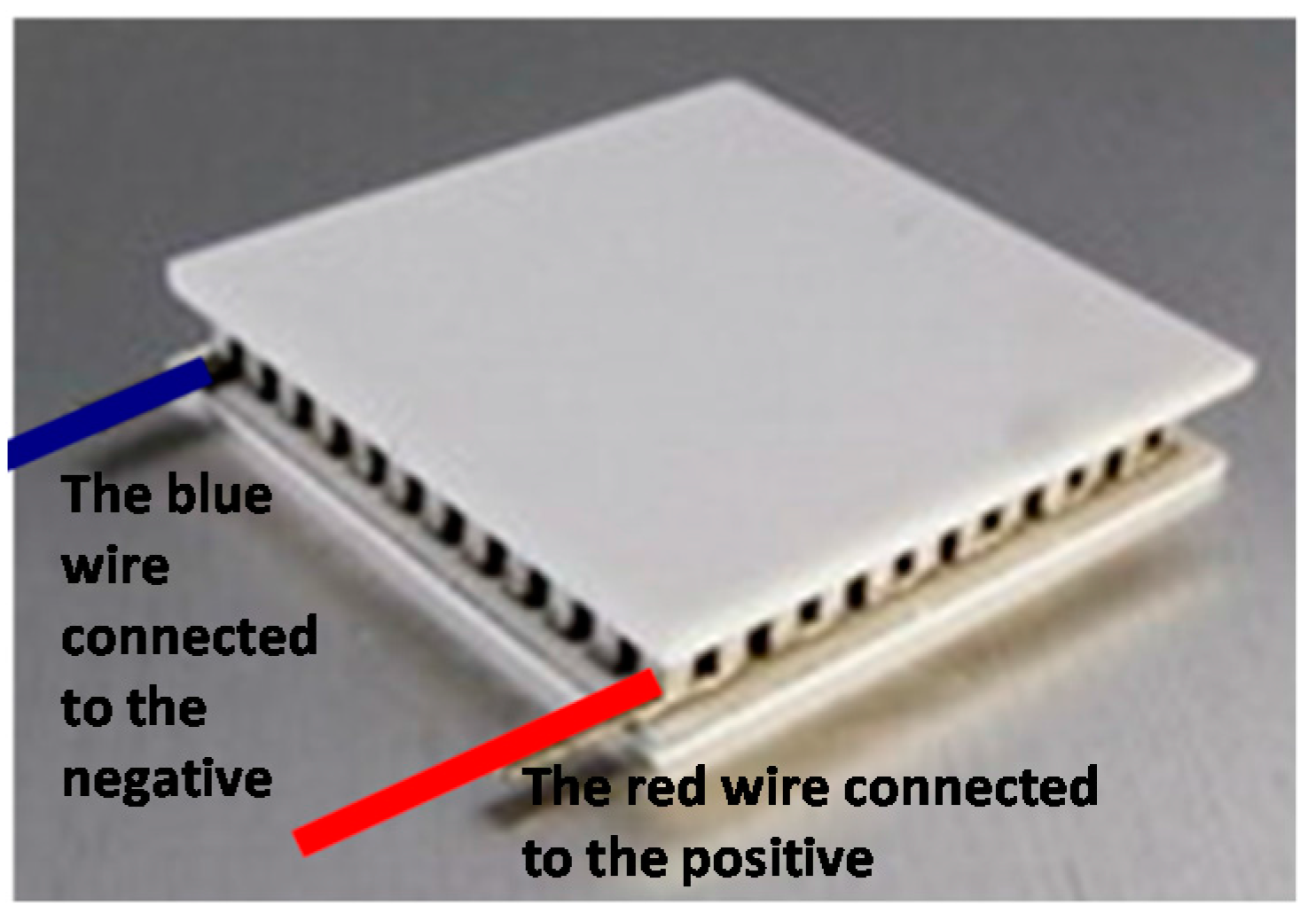
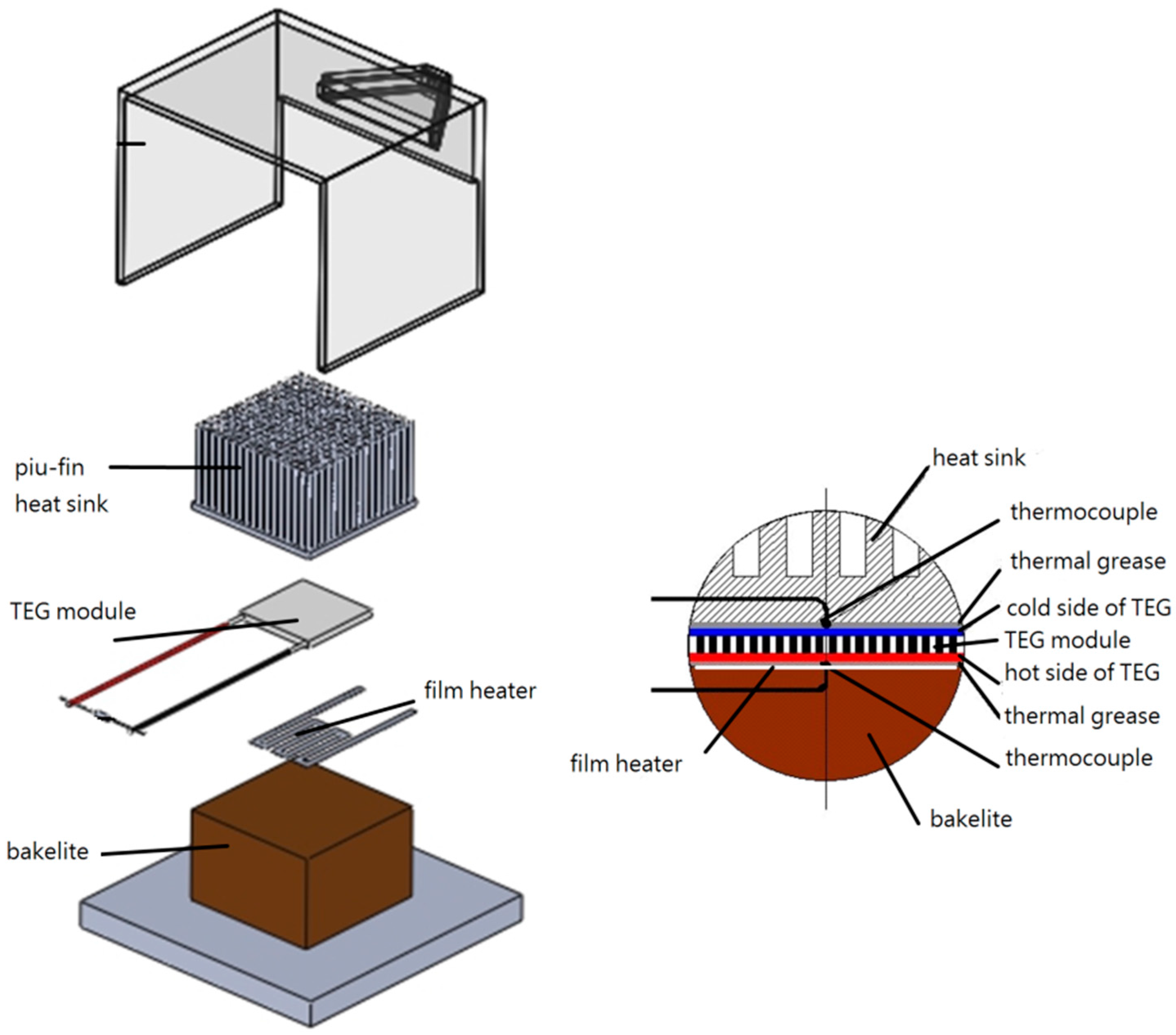
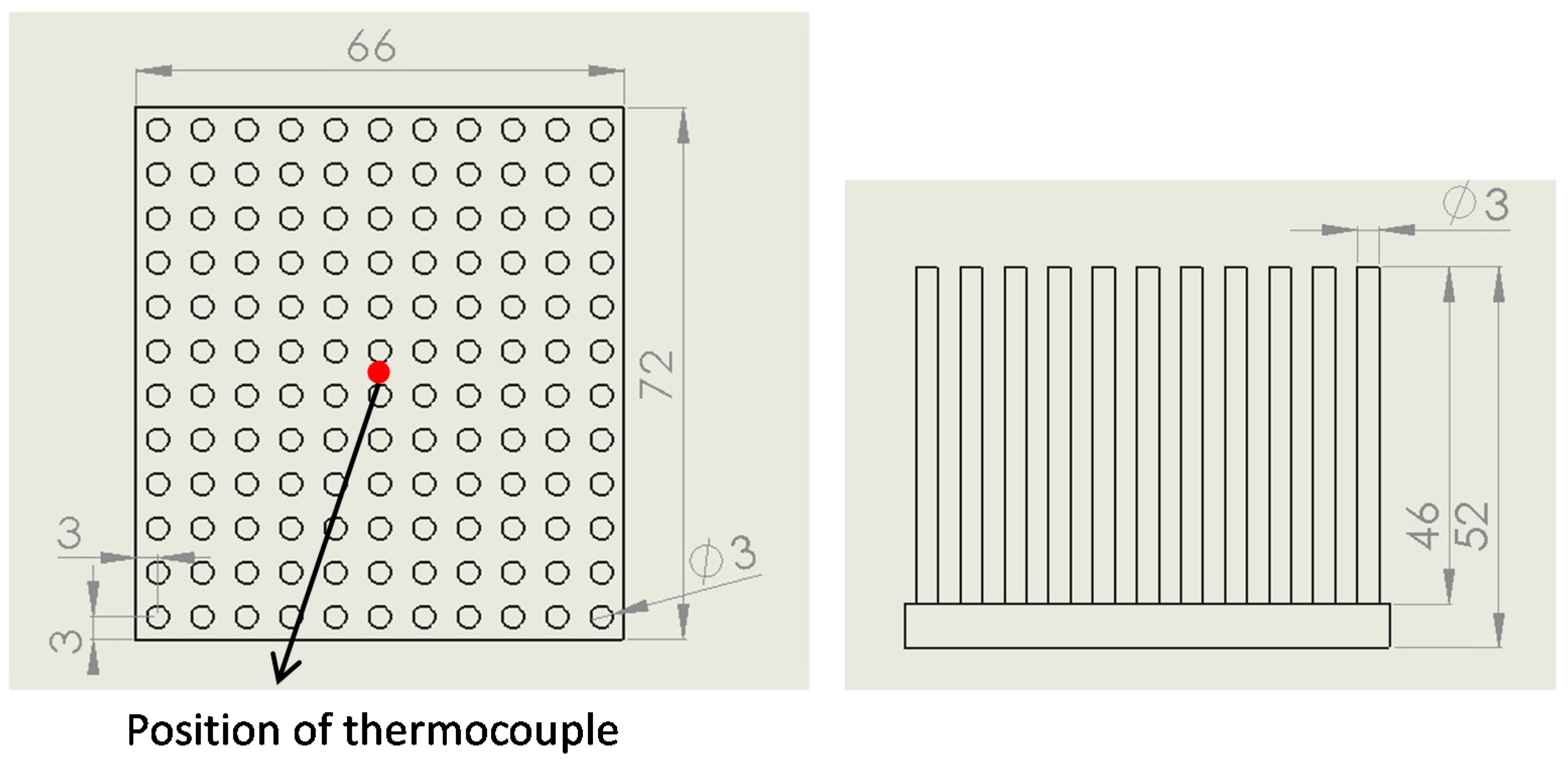
2.3. Generation Performance Test of the Thermoelectric Conversion System for a Real Engine
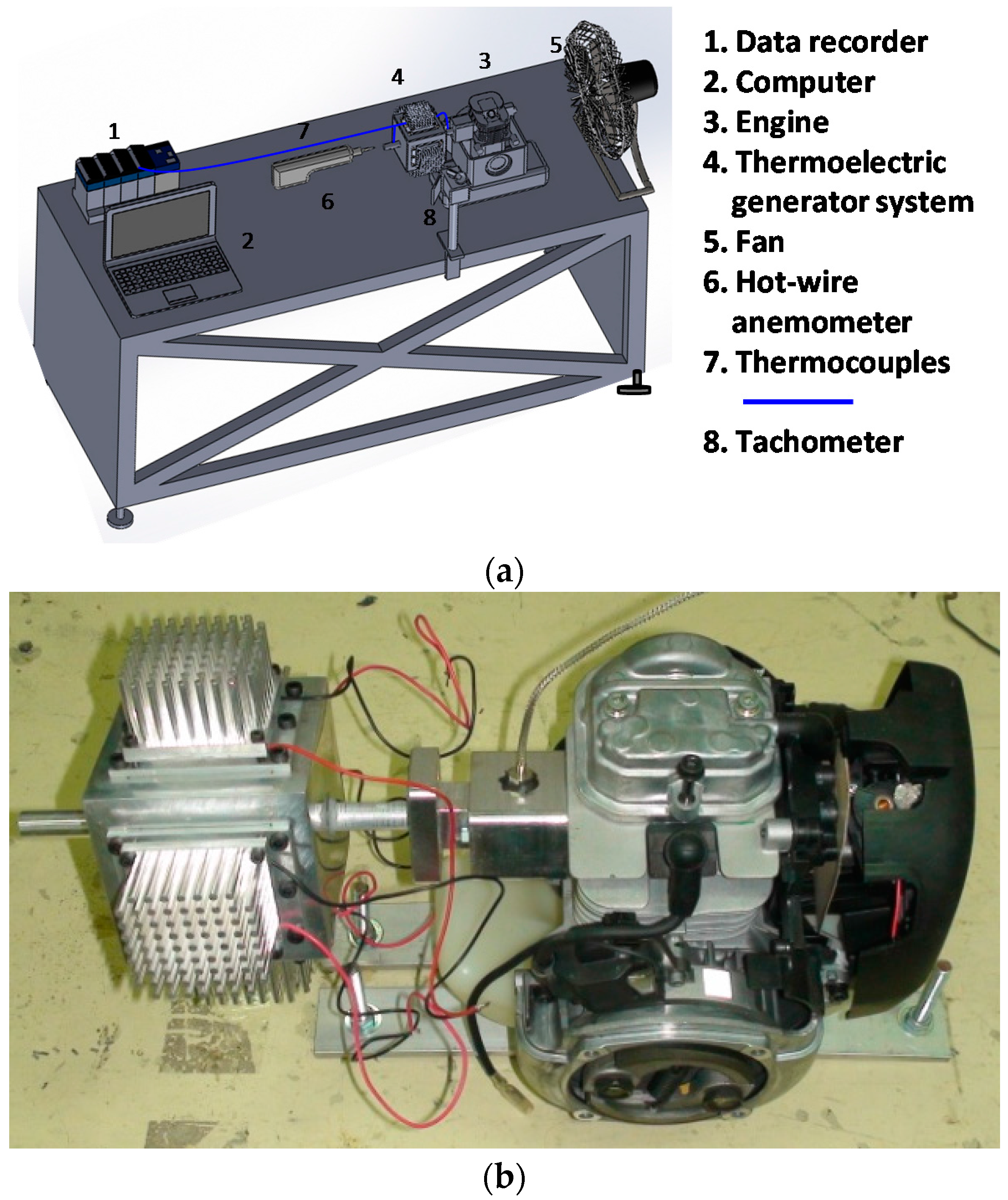
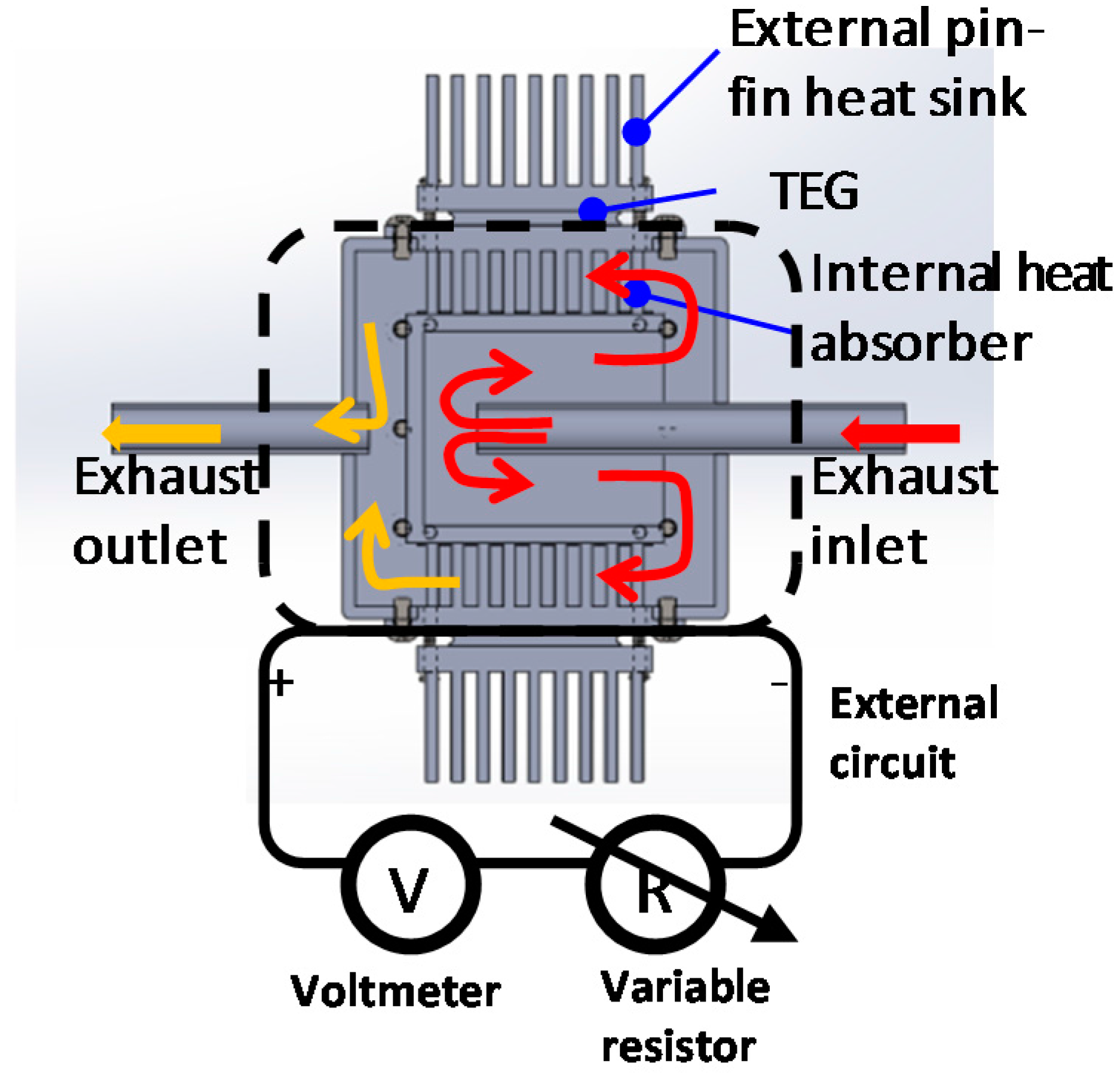
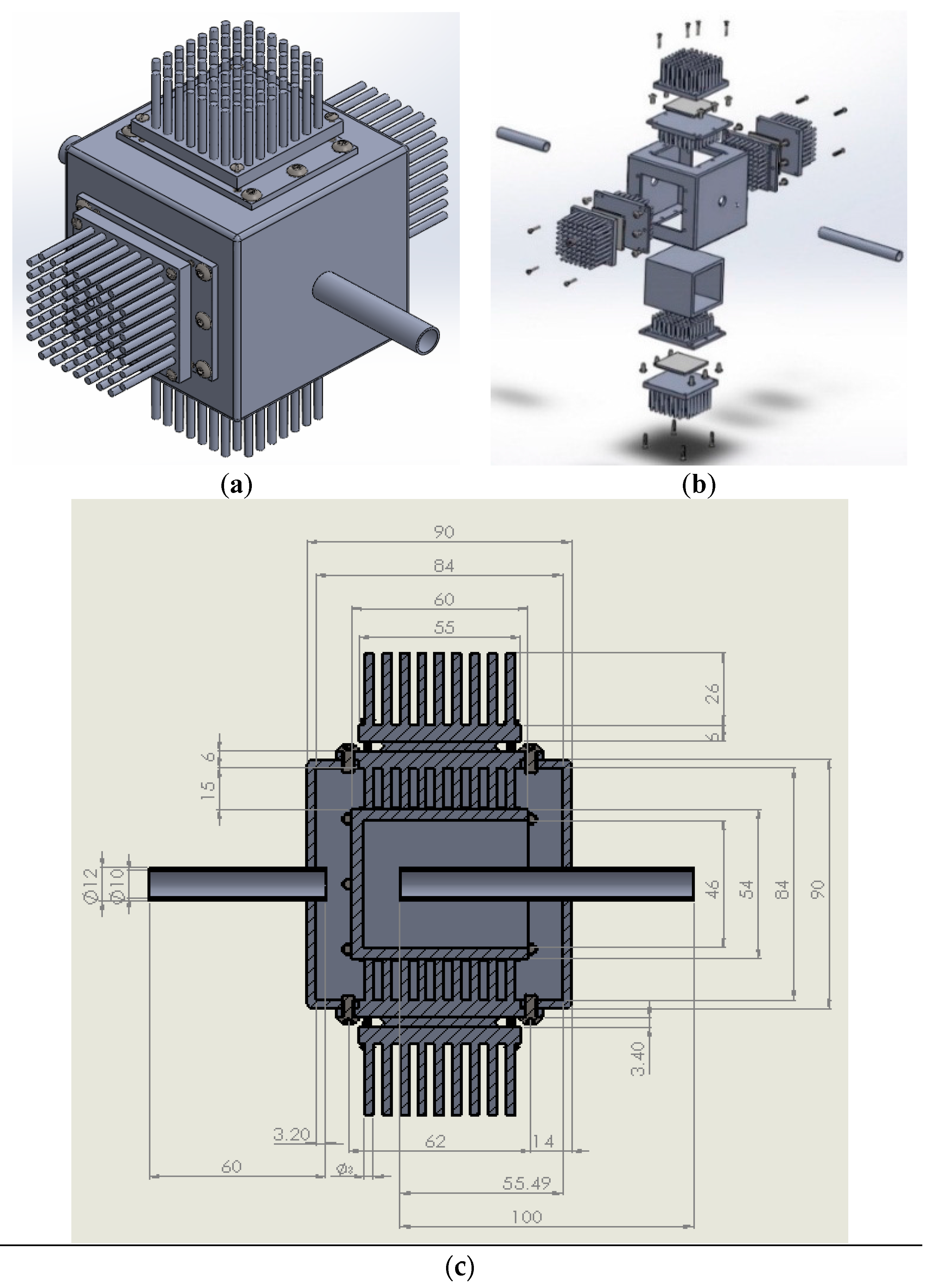
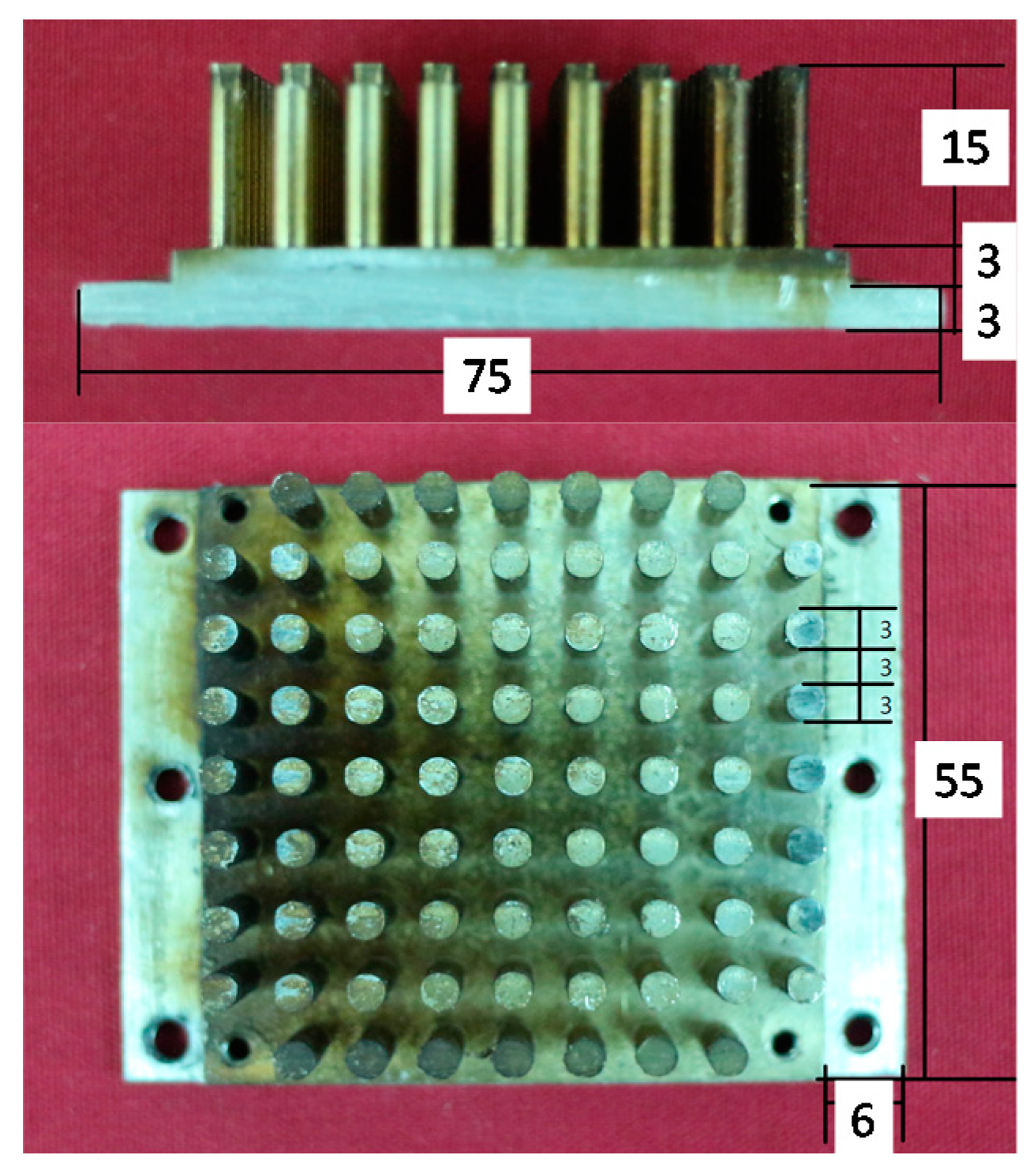
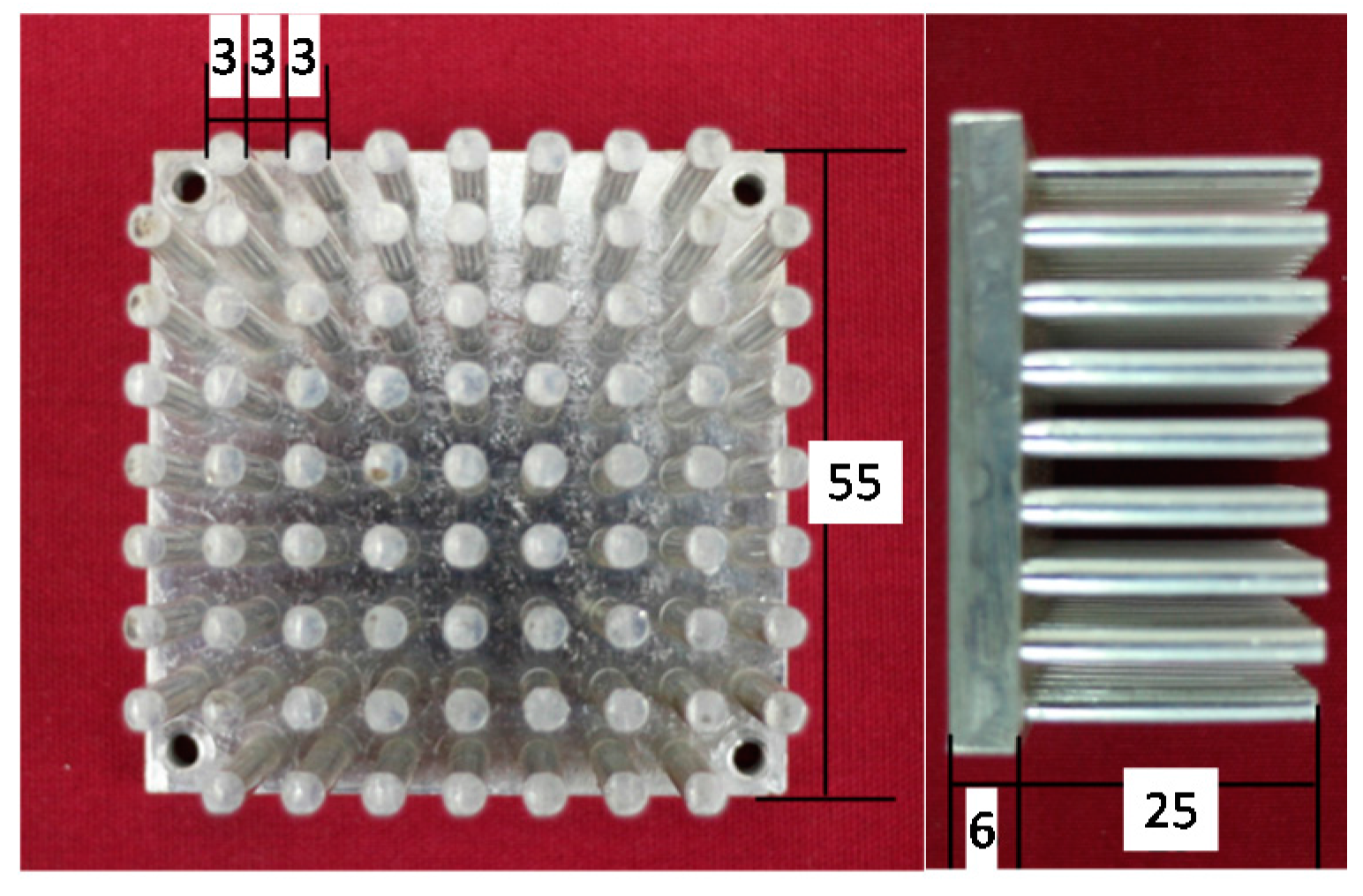
3. Results and Discussions
3.1. Generation Results of Single-Chip TEG
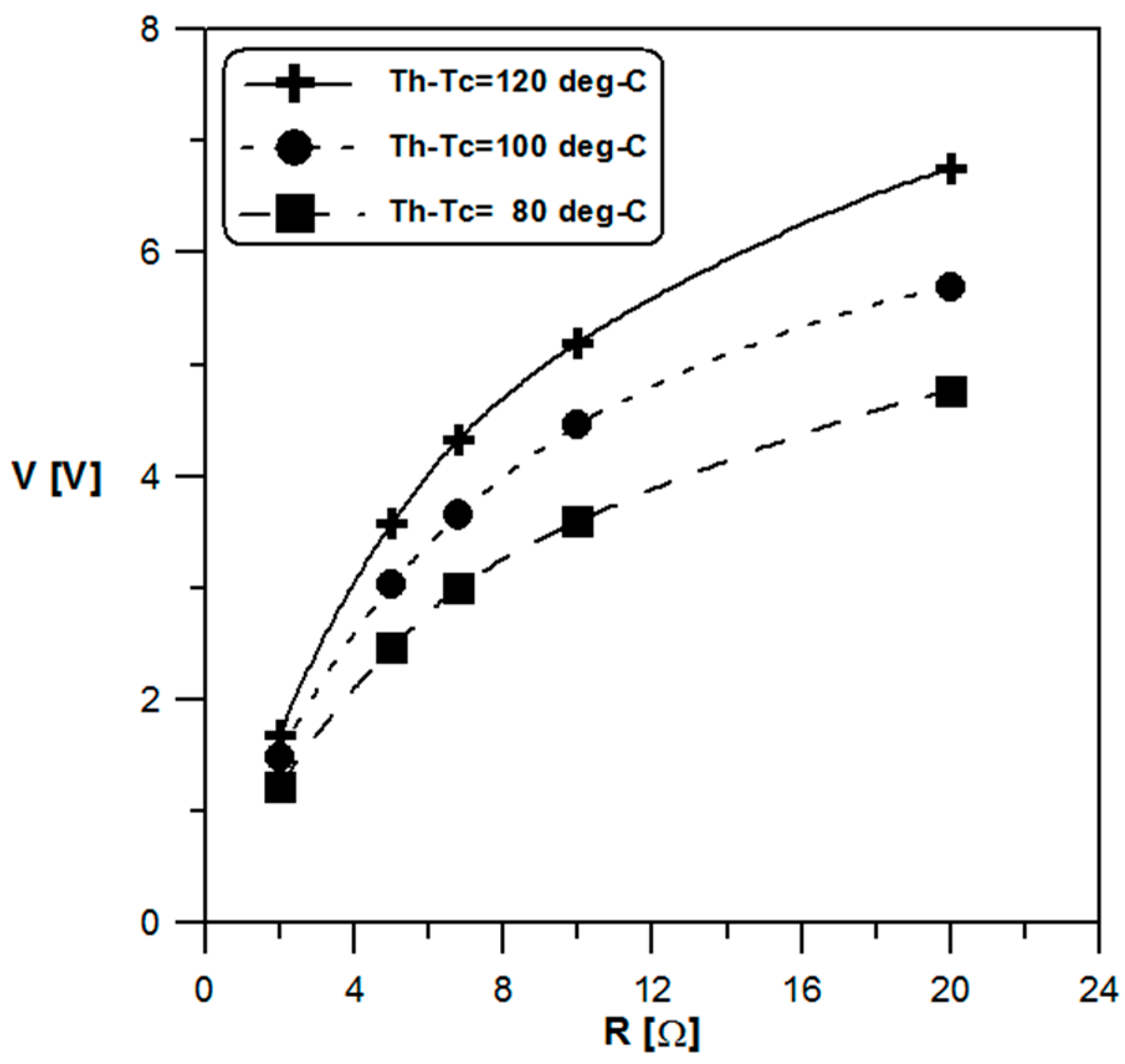
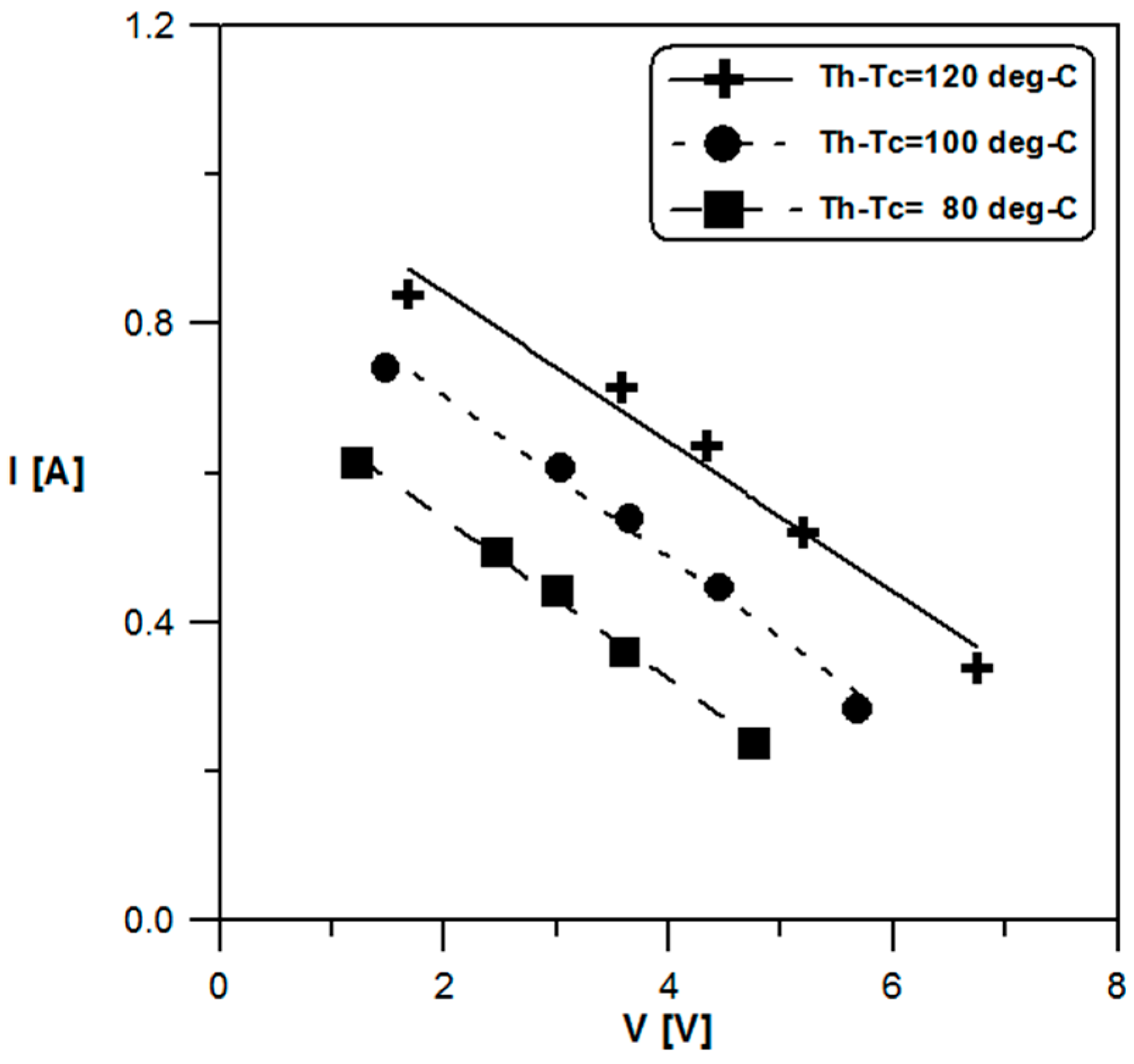

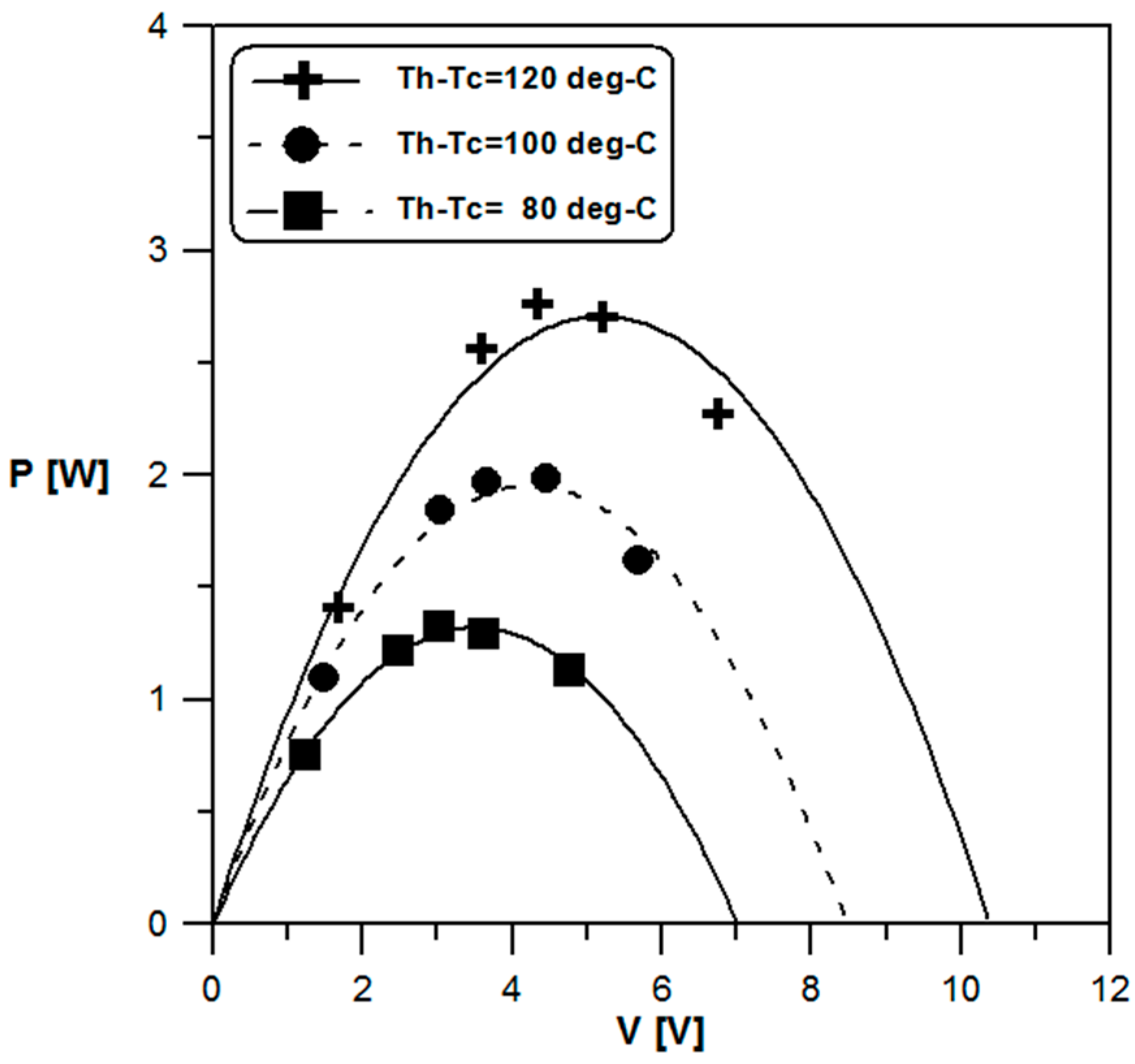
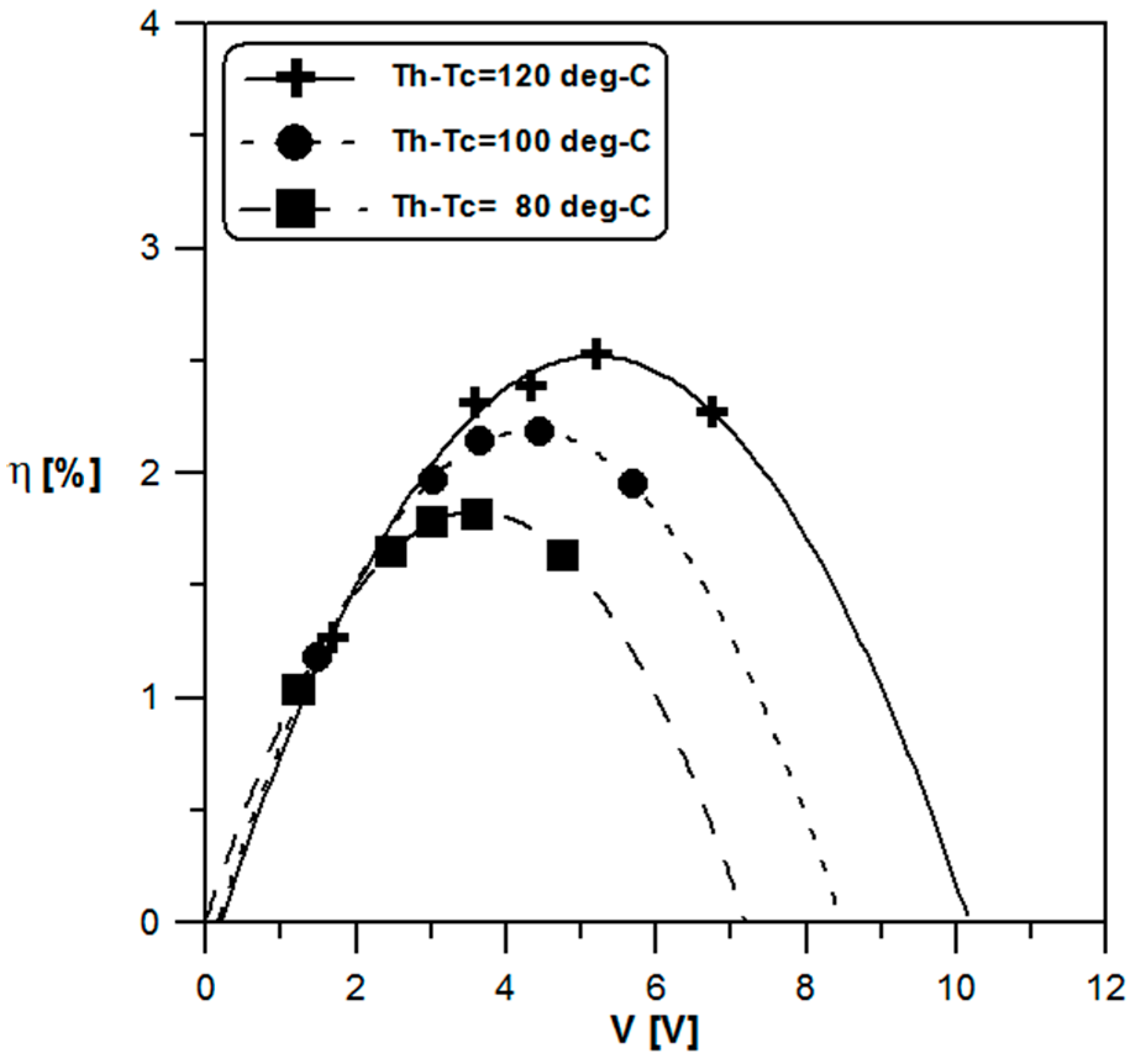
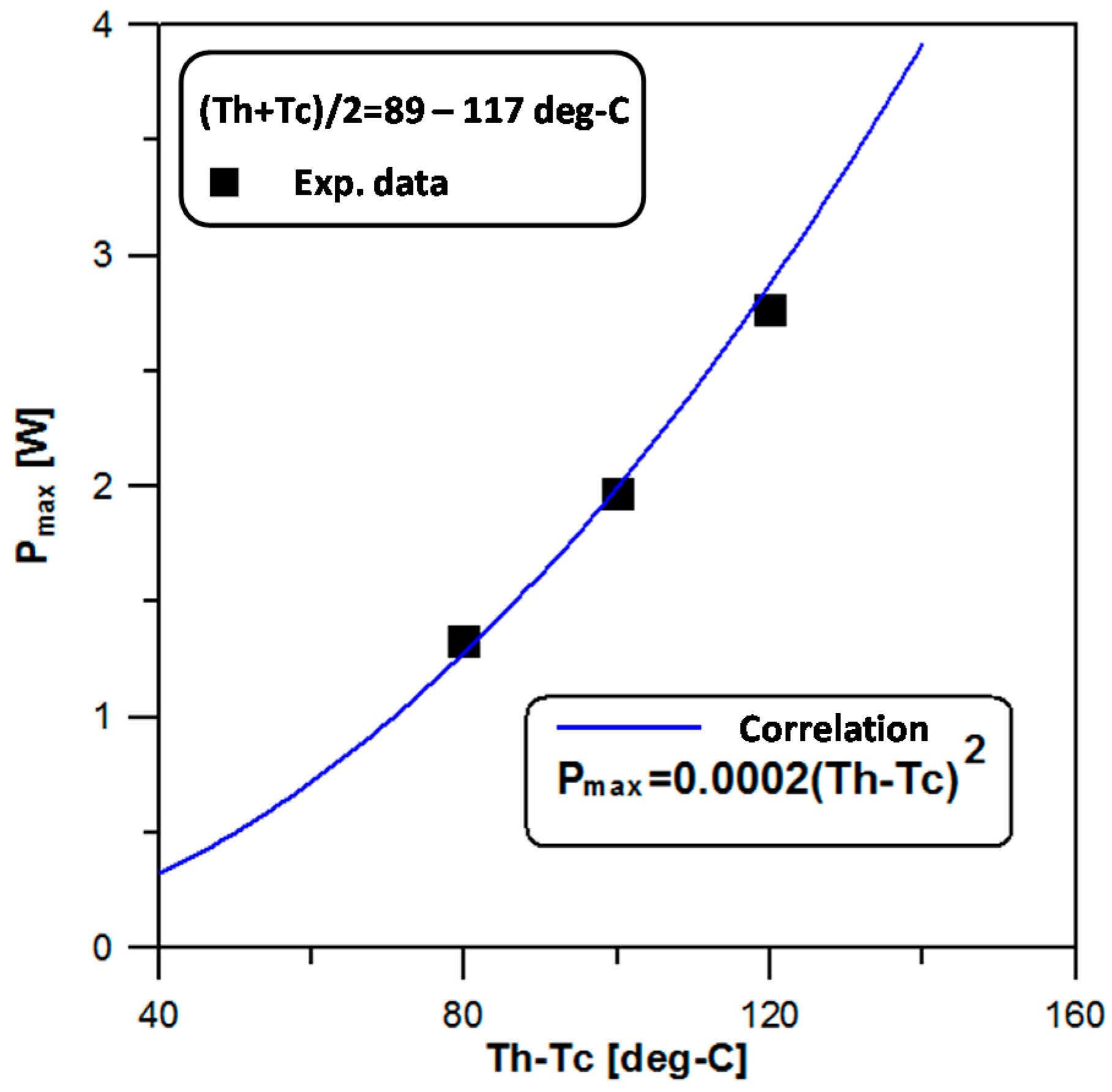
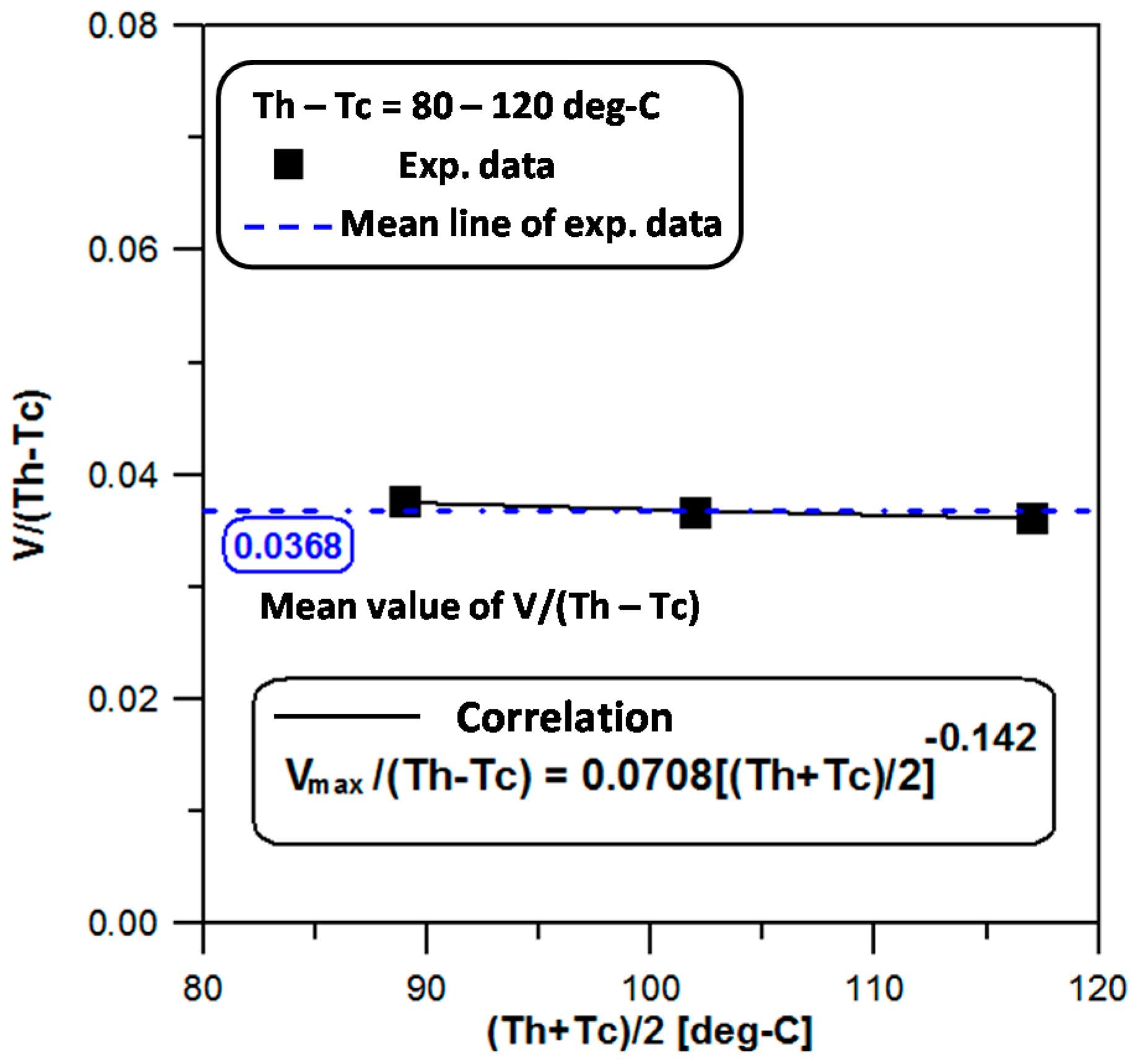
3.2. Generation Results of Thermoelectric Conversion System on a Real Engine

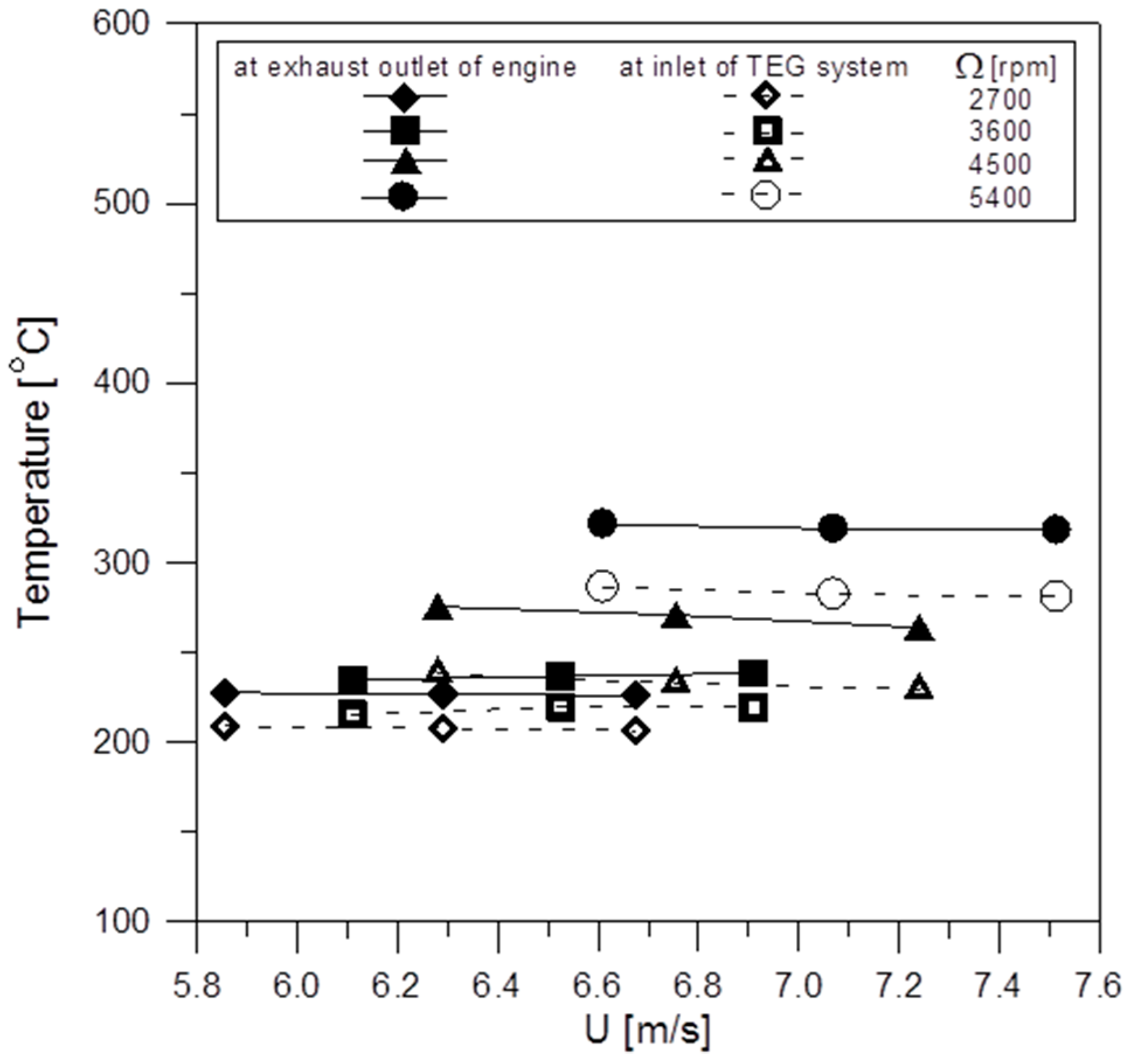
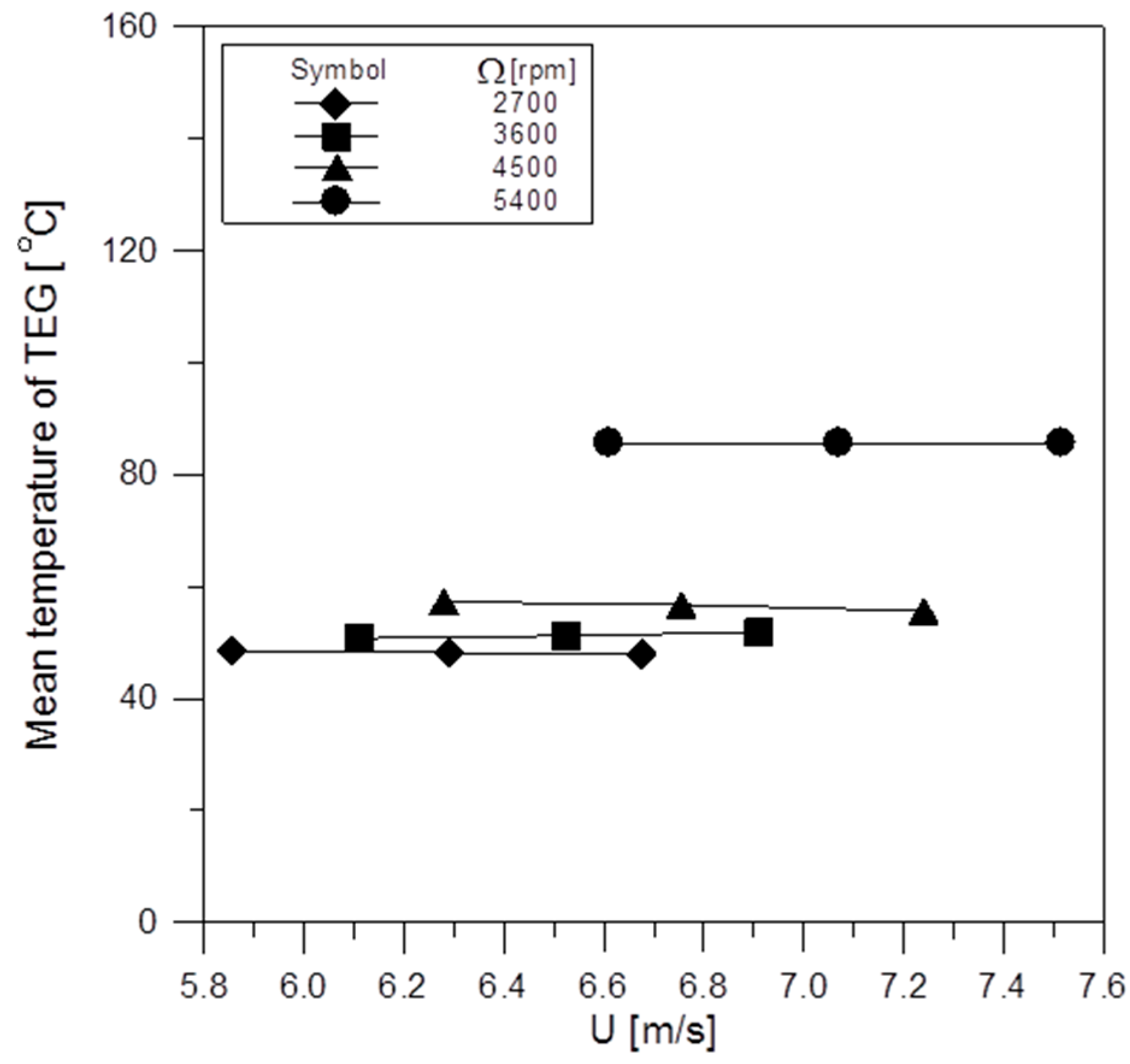

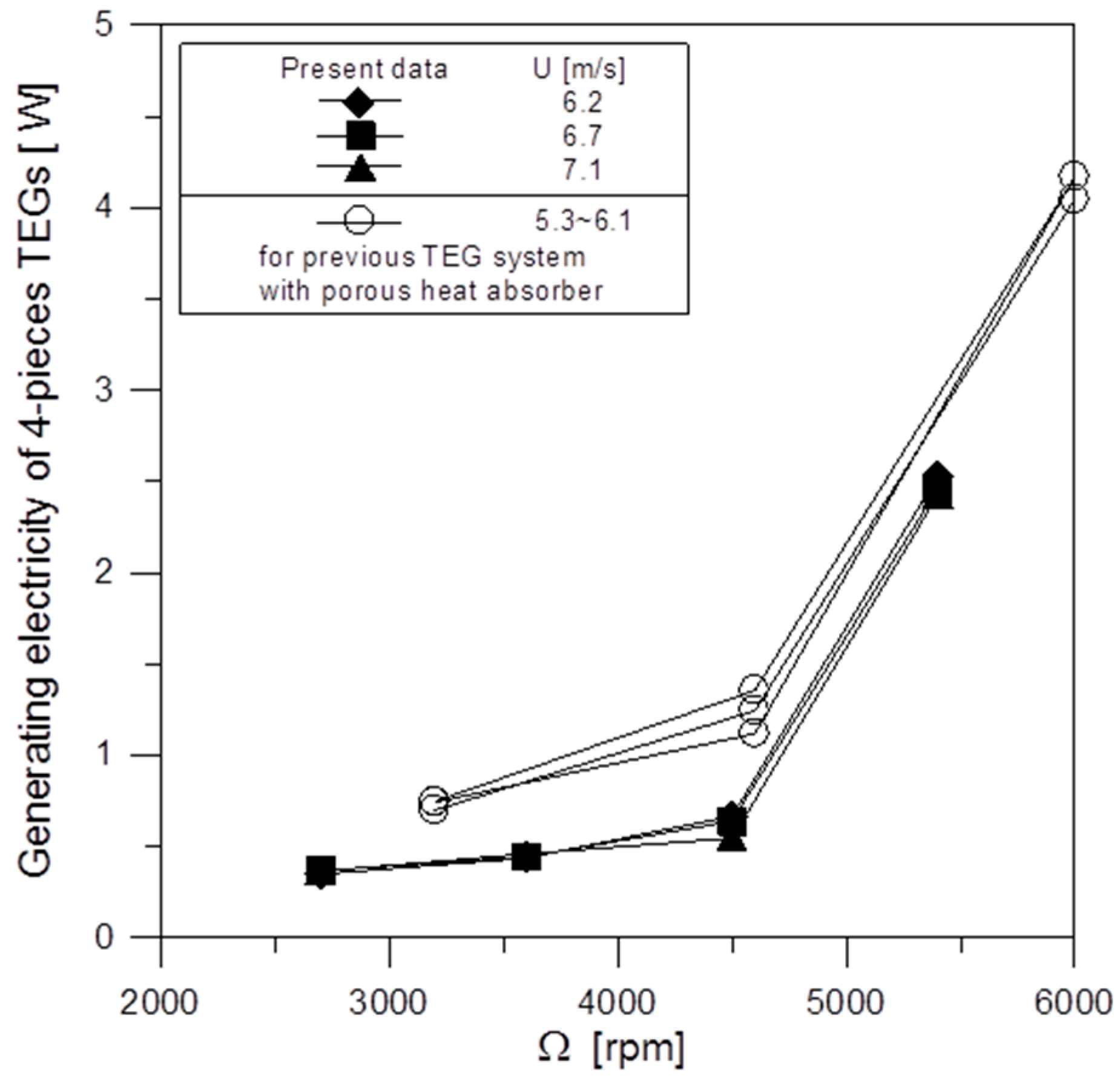
4. Conclusions
Acknowledgments
Author Contributions
Conflicts of Interest
References
- Champier, D.; Bedecarrats, J.P.; Rivaletto, M.; Strub, F. Thermoelectric power generation from biomass cook stoves. Energy 2010, 35, 935–942. [Google Scholar] [CrossRef]
- Karri, M.A.; Thacher, E.F.; Helenbrook, B.T. Clarkson Exhaust energy conversion by thermoelectric generator: Two case studies. Energy Convers. Manag. 2011, 52, 1596–1611. [Google Scholar] [CrossRef]
- Zhou, S.; Sammakia, B.; White, B.; Borgesen, P. Multiscale modeling of thermoelectric generators for the optimized conversion performance. Int. J. Heat Mass Transf. 2013, 62, 435–444. [Google Scholar] [CrossRef]
- Weng, C.C.; Huang, M.J. A simulation study of automotive waste heat recovery using a thermoelectric power generator. Int. J. Therm. Sci. 2013, 71, 302–309. [Google Scholar] [CrossRef]
- Jang, J.Y.; Tsai, Y.C. Optimization of thermoelectric generator module spacing and spreader thickness used in a waste heat recovery system. Appl. Therm. Eng. 2013, 51, 677–689. [Google Scholar] [CrossRef]
- Cummings, T.A. Internal Combustion Electric Power Hybrid Power Plant. U.S. Patent 4,148,192, 23 November 1977. [Google Scholar]
- Yoshida, S.; Aoki, K. Thermoelectric Converter for Heat-Exchanger. U.S. Patent 5,959,240, 2 December 1997. [Google Scholar]
- Shinohara, K.; Kobayashi, M.; Furuya, K.; Kushibiki, K. Electric Energy Supply System for Vehicle. U.S. Patent 6,172,427, 12 February 1998. [Google Scholar]
- Rowe, D.M. Thermoelectrics, an enviromentally-friendly source of electrical power. Renew. Energy 1999, 16, 1251–1256. [Google Scholar] [CrossRef]
- Hendricks, T.J.; Lustbader, J.A. Advanced thermoelectric power system investigations for light-duty and heavy-duty applications. In Proceedings of the 21st International Conference on Thermoelectrics, Long Beach, CA, USA, 25–29 August 2002.
- Lombardi, C. Researchers Squeeze More Electricity from Heat. Available online: http://news.cnet.com/8301-17912_3-9999450-72.html (accessed on 25 July 2008).
- Jeng, T.M.; Tzeng, S.C.; Chou, H.C. Experimental study of heat energy absorber with porous medium for thermoelectric conversion system. Smart Sci. 2013, 1, 1–5. [Google Scholar]
- Tzeng, S.C.; Jeng, T.M.; Ma, W.P.; Wang, J.R.; Chou, B.; Lin, J.B.; Xiao, Y.D.; Wu, M.Z.; Tang, F.Z. Exhaust Pipe with Noise-reducing and Heat Recovery Functions. Taiwan, R.O.C. Patent I,350,878, 21 October 2011. [Google Scholar]
- Moffat, R.J. Contributions to the theory of single-sample uncertainty analysis. ASME J. Fluids Eng. 1982, 104, 250–258. [Google Scholar] [CrossRef]
© 2016 by the authors; licensee MDPI, Basel, Switzerland. This article is an open access article distributed under the terms and conditions of the Creative Commons by Attribution (CC-BY) license (http://creativecommons.org/licenses/by/4.0/).
Share and Cite
Jeng, T.-M.; Tzeng, S.-C.; Yang, B.-J.; Li, Y.-C. Design, Manufacture and Performance Test of the Thermoelectric Generator System for Waste Heat Recovery of Engine Exhaust. Inventions 2016, 1, 2. https://doi.org/10.3390/inventions1010002
Jeng T-M, Tzeng S-C, Yang B-J, Li Y-C. Design, Manufacture and Performance Test of the Thermoelectric Generator System for Waste Heat Recovery of Engine Exhaust. Inventions. 2016; 1(1):2. https://doi.org/10.3390/inventions1010002
Chicago/Turabian StyleJeng, Tzer-Ming, Sheng-Chung Tzeng, Bo-Jun Yang, and Yi-Chun Li. 2016. "Design, Manufacture and Performance Test of the Thermoelectric Generator System for Waste Heat Recovery of Engine Exhaust" Inventions 1, no. 1: 2. https://doi.org/10.3390/inventions1010002




